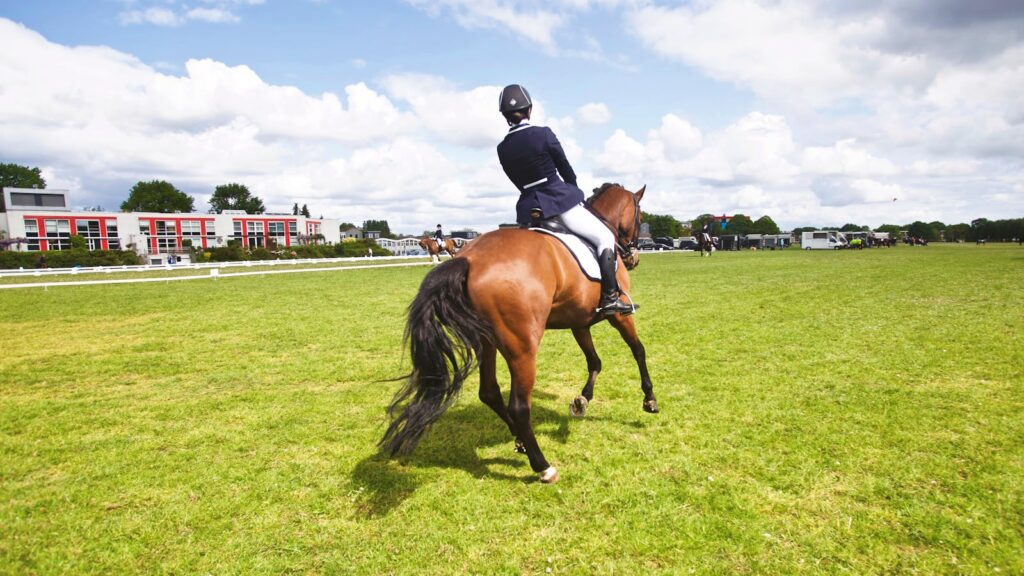Horses are magnificent, powerful animals that rely heavily on their musculoskeletal system for movement, performance, and overall well-being. Like silent sufferers, they often endure back pain without obvious signs until the condition becomes severe. For equestrians and horse owners, detecting back pain early can mean the difference between minor treatment and major veterinary intervention. This comprehensive guide will help you recognize the subtle indicators of equine back discomfort before they develop into debilitating issues, preserving your horse’s health and happiness for years to come.
Understanding Equine Back Anatomy
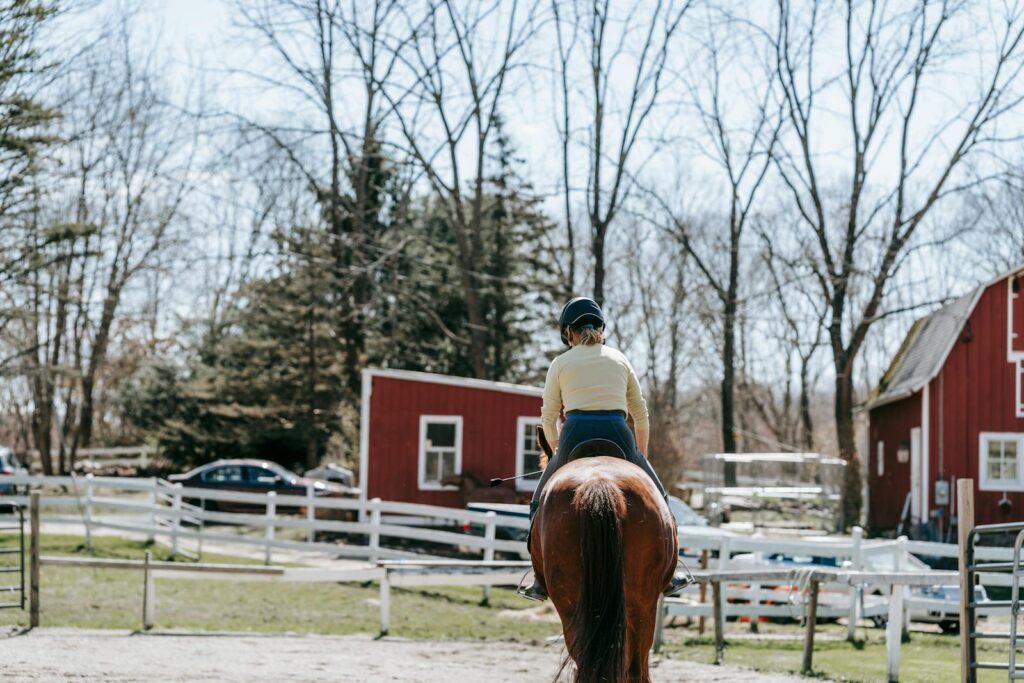
The equine back is a complex structure comprising vertebrae, muscles, ligaments, and nerves working together to support the horse’s body and facilitate movement. From the withers to the tail, the thoracic, lumbar, sacral, and coccygeal vertebrae form the backbone, with the thoracolumbar region bearing most of the rider’s weight. Between each vertebra are intervertebral discs that act as shock absorbers, while long muscles running alongside the spine provide stability and power. This intricate system is remarkably strong yet vulnerable to injury from improper riding, ill-fitting equipment, or natural degeneration. Understanding this anatomy is crucial for recognizing when something might be amiss with your equine companion’s back health.
Common Causes of Back Pain in Horses
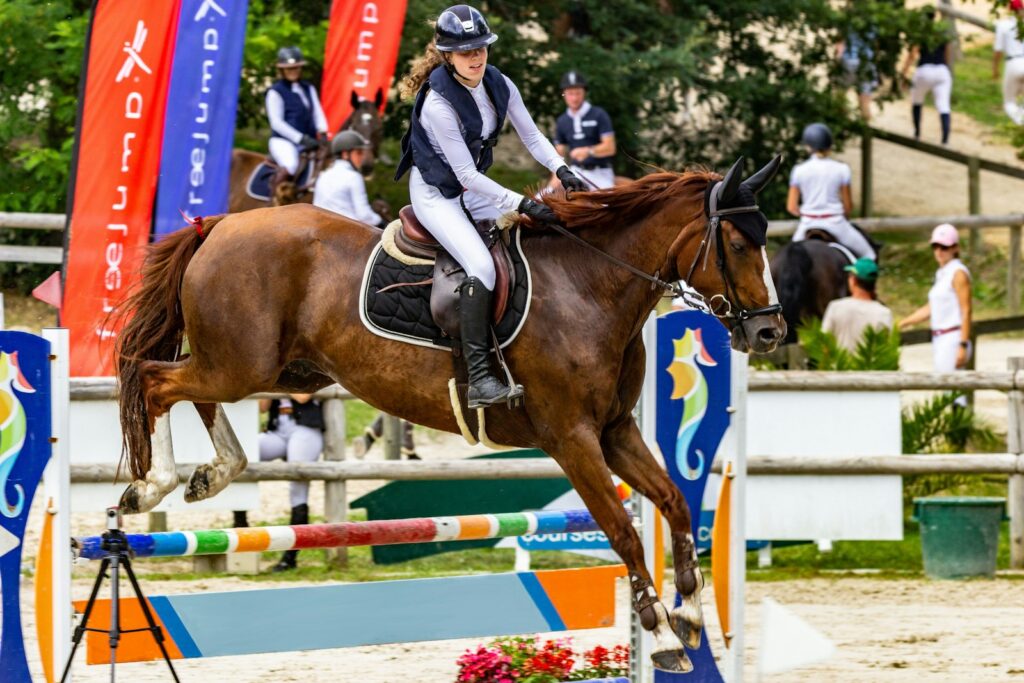
Equine back pain rarely develops without cause, and identifying these triggers can help prevent future issues. Ill-fitting saddles represent perhaps the most common culprit, creating pressure points and restricting movement over time. Poor riding technique, particularly a heavy hand or unbalanced seat, can force the horse to compensate unnaturally, straining back muscles and ligaments. Conformational weaknesses like long backs or poor muscle development may predispose certain horses to back problems. Other significant contributors include kissing spine syndrome (where the dorsal spinous processes touch or overlap), arthritis of the vertebral joints, muscle strains from slips or falls, and even underlying hoof or leg issues that cause the horse to move abnormally. Regular assessment of these potential causes allows for proactive intervention before pain becomes established.
Changes in Behavior and Temperament
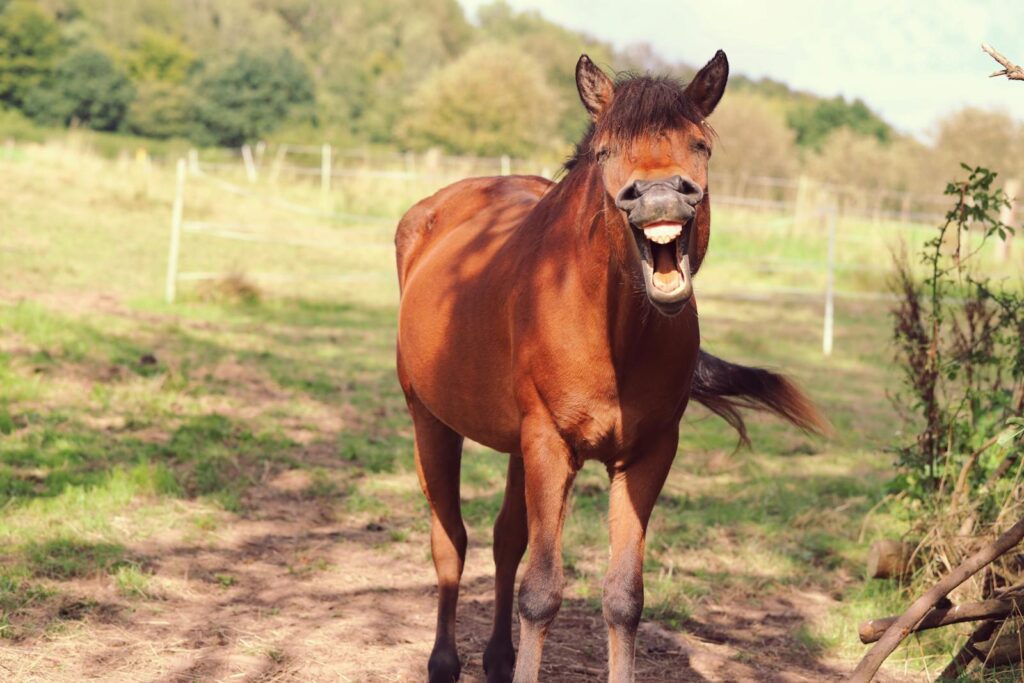
Among the earliest and most overlooked signs of back discomfort are subtle behavioral changes that might seem unrelated to physical pain. A typically willing horse may suddenly become resistant to work, display irritability when groomed or saddled, or show unusual aggression toward handlers and other horses. You might notice your once-affectionate equine partner becoming increasingly withdrawn or showing anxiety in situations that previously caused no concern. Some horses may develop new stable vices like cribbing or weaving as a response to chronic discomfort. These behavioral shifts often appear gradually, making them easy to dismiss as training issues or temporary mood changes rather than physical pain indicators. Taking note of these character alterations, especially when they persist or worsen, can provide early warning of developing back problems.
Reluctance During Grooming and Tacking Up

A horse experiencing back pain often exhibits telling signs during routine grooming and tacking up procedures. You might notice flinching, muscle tensing, or tail swishing when brushing certain areas of the back or applying gentle pressure along the spine. During saddling, the horse may hold its breath, drop its back (hollow) when the saddle is placed, or even engage in evasive behaviors like moving away, biting, or kicking. Pay particular attention to reactions when the girth is tightened, as this can compress painful areas and elicit a stronger response. Some horses become increasingly difficult to bridle, raising their heads high to avoid the pressure this places on their poll and neck. These reactions are not signs of misbehavior but rather the horse’s attempt to communicate discomfort, making these daily interactions valuable diagnostic opportunities.
Altered Stance and Posture
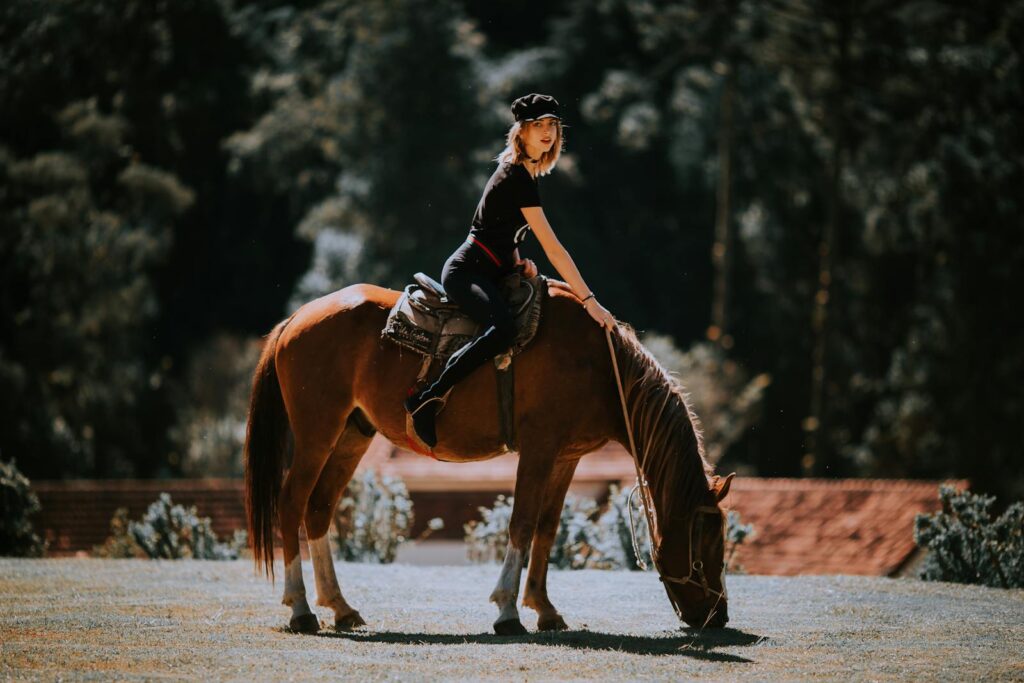
A horse’s natural posture can reveal much about its physical comfort, with back pain often manifesting in characteristic stance changes. Look for a horse standing with its hind legs camped under its body (parked under) or positioned widely apart, both positions that relieve pressure on a sore back. Some horses may stand with an arched or roached back, while others display an unnaturally hollow topline, especially when standing at rest. Uneven weight distribution across all four legs can indicate compensation for back discomfort, as can frequent shifting between legs when standing. Many back-sore horses develop a distinctive posture when urinating, stretching uncomfortably or showing reluctance to fully extend. These postural abnormalities often become more pronounced with fatigue, so observe your horse after work as well as when fresh.
Performance Indicators and Ridden Work
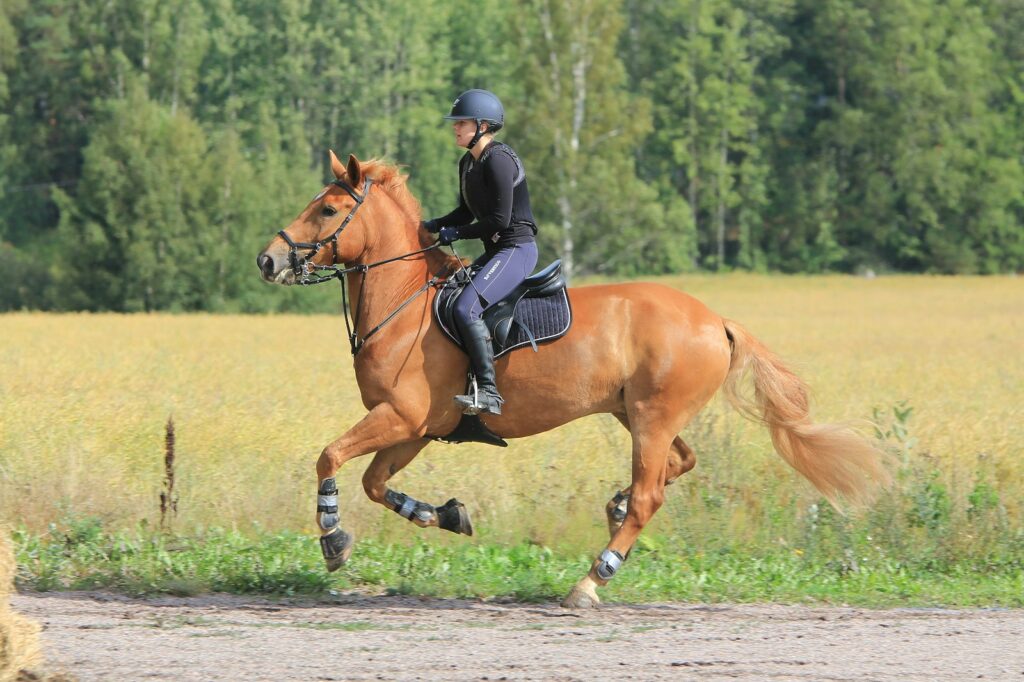
Under saddle, back pain manifests in numerous performance-related issues that attentive riders can detect early. Difficulty picking up or maintaining certain gaits, particularly canter, often signals back discomfort, as does unevenness in stride or reluctance to bend in one or both directions. Horses with back pain typically show reduced impulsion and engagement of the hindquarters, resulting in a shortened stride and diminished “swing” through the back. Transitions between gaits may become rough or resistant, and the horse might rush downhill to avoid shifting weight to the hindquarters. Some horses demonstrate unusual resistance to collection or extension, while others develop a habit of moving in a persistently hollow frame regardless of rider aids. These performance changes often appear inconsistently at first, becoming more pronounced and consistent as the condition worsens.
Muscle Development and Asymmetry
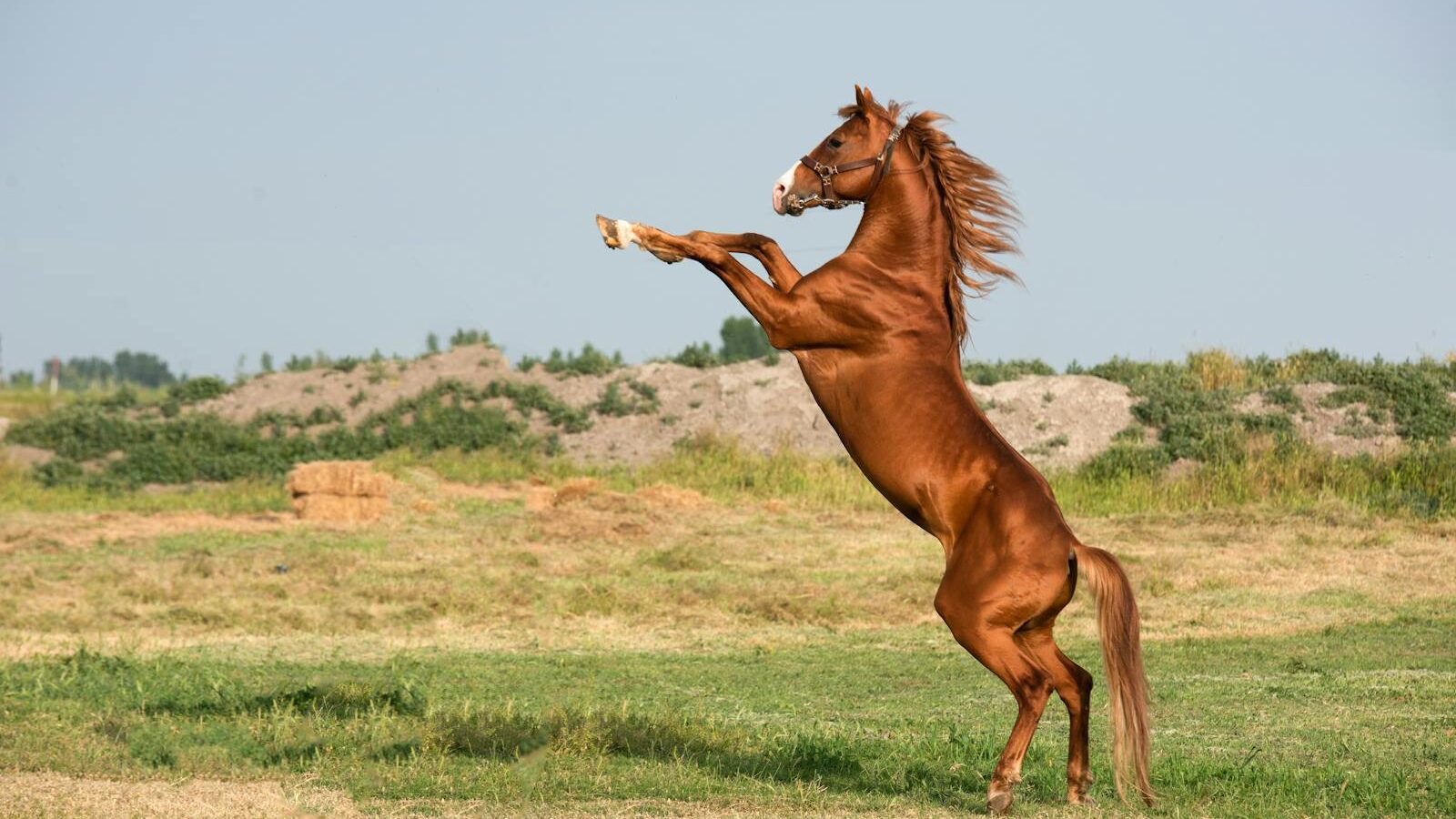
The physical appearance of your horse’s musculature provides valuable clues about developing back issues. Asymmetry in muscle development, where one side appears more prominent than the other, can indicate the horse is compensating for pain by favoring certain movement patterns. Look for atrophy (wasting) along the topline, particularly noticeable as hollows beside the spine or poor muscling over the loins and croup. Conversely, hypertrophy (overdevelopment) of certain muscle groups might occur as the horse employs them to avoid using painful areas. Many back-sore horses develop a distinctive “hunter’s bump” at the sacroiliac junction where the spine meets the pelvis. Regular photographic documentation of your horse’s musculature from various angles can help track subtle changes over time that might otherwise go unnoticed during daily care.
Manual Palpation Techniques
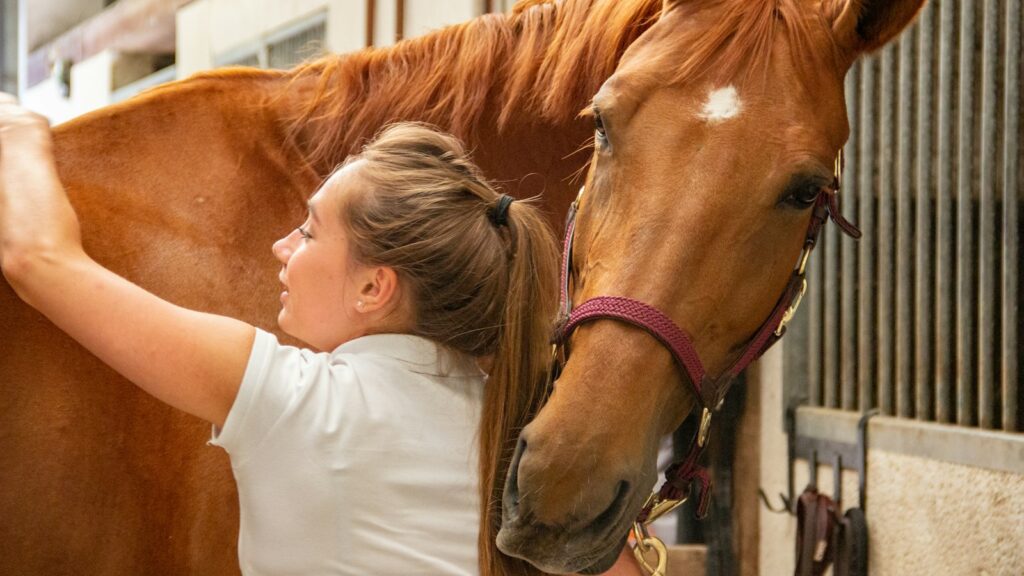
Hands-on assessment represents one of the most accessible methods for detecting early back pain in horses. Begin with gentle pressure along both sides of the spine, watching for muscle twitching, flinching, or attempts to move away that indicate sensitivity. Progress to applying firmer pressure with fingertips in a small circular motion down the length of the back muscles, noting areas that feel unusually tight, spasmed, or that produce a pain response. Compare symmetry by simultaneously palpating both sides of the back, as unilateral tension often indicates problems. The withers, thoracolumbar junction, and sacroiliac region deserve particular attention as common pain sites. Remember that some horses naturally guard their backs when touched, so establish a baseline for your horse’s normal response to these assessments when healthy.
Observing Movement Patterns
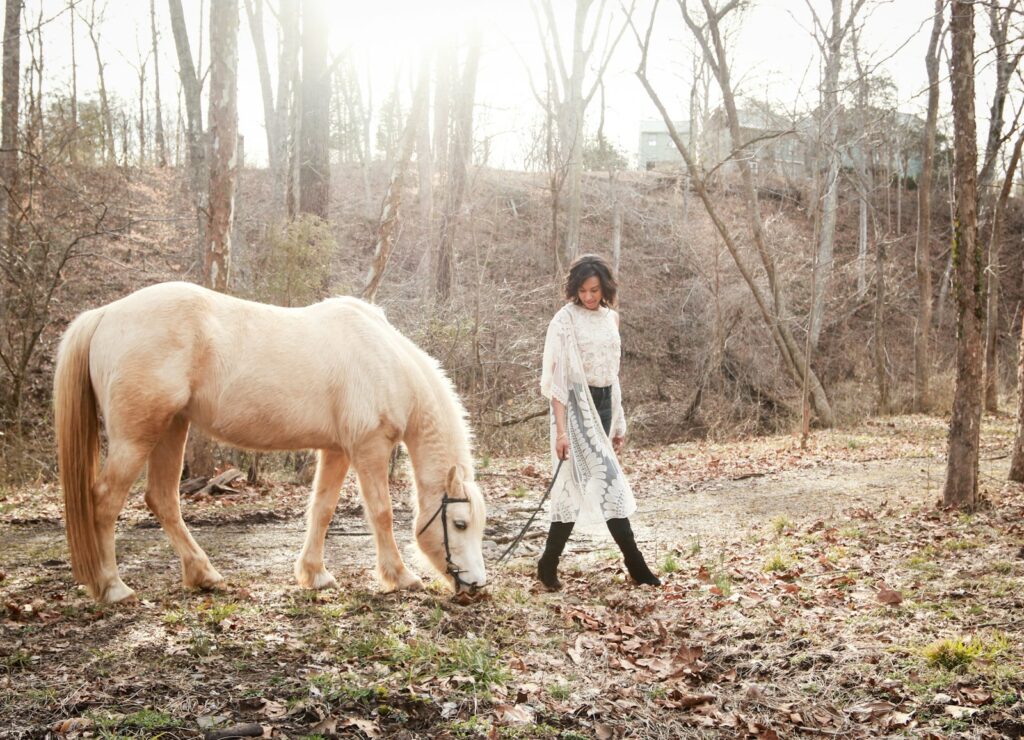
Watching your horse move freely provides invaluable insights into back comfort that might not be apparent under saddle. Observe your horse on the lunge line or in turnout, noting any stiffness, asymmetry, or abnormal movement patterns. A horse with back pain typically shows reduced freedom in the shoulder and hip movement, often moving with a stiff, stilted quality rather than the natural swing characteristic of comfortable movement. Pay attention to how the horse uses its back during direction changes, transitions, and when moving uphill or downhill. Many back-sore horses develop a characteristic “bunny hop” with the hind legs at the canter or when accelerating from the walk. Tracking straight lines can be difficult, with the horse drifting sideways or showing a reluctance to move forward freely. These observations are particularly revealing immediately after exercise when subtle compensation patterns become more pronounced.
Responses to Flexion and Mobilization
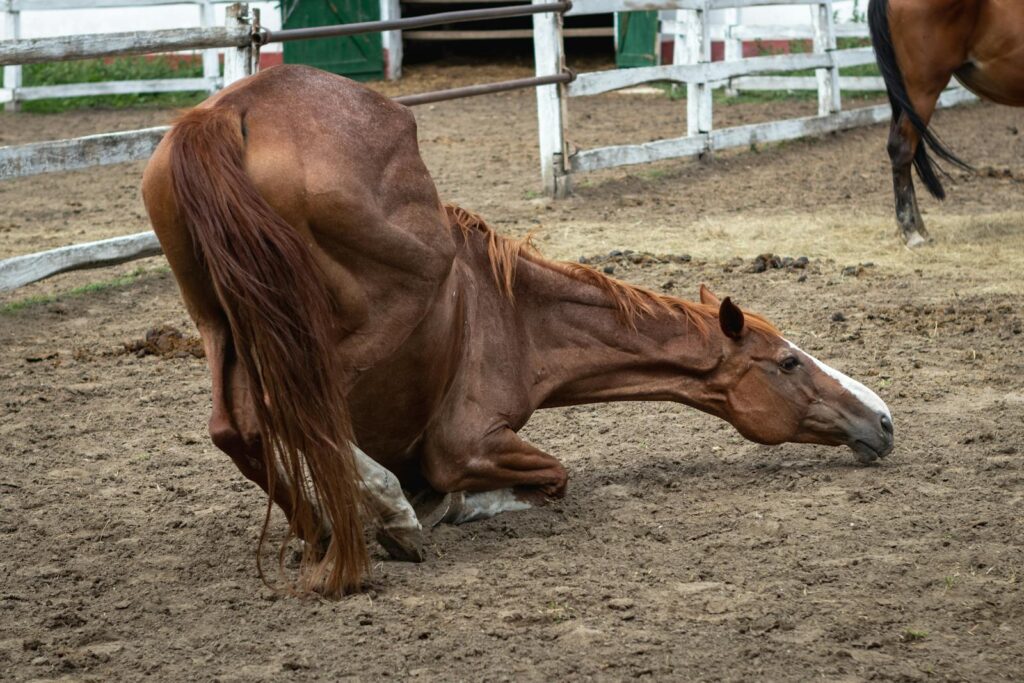
Simple flexion tests can reveal developing back issues before they manifest in more obvious ways. Encouraging your horse to stretch downward by offering a treat between the front legs should produce a smooth, comfortable rounding of the back. Horses with back pain often show reluctance or inability to perform this stretch, moving stiffly or incompletely. Similarly, using a carrot to encourage lateral bending of the neck and thoracic spine should produce even flexibility to both sides. Assessing the horse’s willingness to step under with the inside hind leg when turning tightly can indicate discomfort in the lumbar region. Carrot stretches performed regularly not only serve as diagnostic tools but also help maintain spinal mobility and can highlight changes in flexibility that might indicate developing problems.
Digital Thermal Imaging and Other Technologies
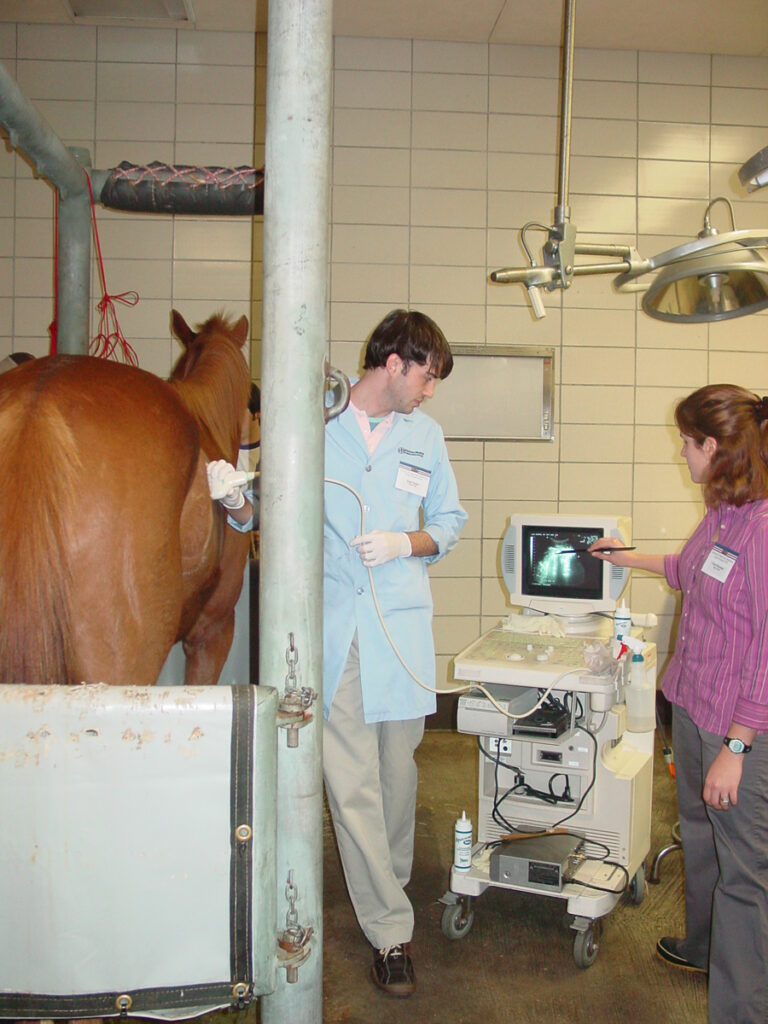
Modern technology offers several non-invasive methods for detecting equine back pain before clinical signs become obvious. Thermal imaging cameras detect heat patterns that may indicate inflammation, with asymmetrical hot spots often appearing in problematic areas before swelling or pain becomes apparent. Pressure mapping systems placed under saddles can identify inappropriate pressure distribution that might lead to back soreness over time. Portable ultrasound devices allow visualization of soft tissue structures, potentially revealing early inflammatory changes or muscle damage. Inertial sensor systems can quantify movement asymmetries too subtle for the human eye to detect, providing objective measurements of stride patterns that may indicate compensatory movement. While these technologies cannot replace veterinary diagnosis, they offer valuable screening tools for detecting potential issues before they escalate.
When to Consult Veterinary Professionals
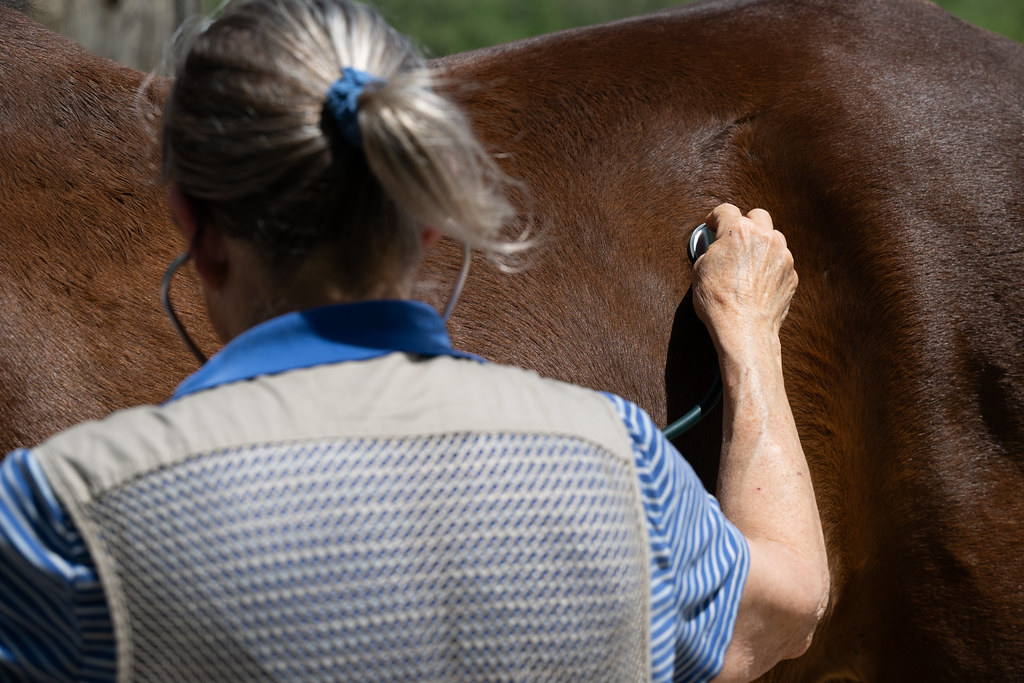
Understanding when to transition from monitoring to seeking professional help is crucial for effective back pain management. Any sudden onset of significant back sensitivity, especially when accompanied by performance refusal or notable behavior changes, warrants immediate veterinary attention. Persistent mild symptoms that don’t resolve with rest and basic care should be evaluated within a few weeks of onset. Progressive worsening of any back-related symptom, even if gradual, indicates the need for professional assessment. A comprehensive veterinary examination might include nerve blocks to isolate pain sources, radiographs to assess bony structures, ultrasound for soft tissue evaluation, and sometimes more advanced imaging like scintigraphy or MRI. Early veterinary intervention often means simpler, less invasive treatment protocols and better long-term outcomes for your horse’s back health.
Preventative Measures and Management
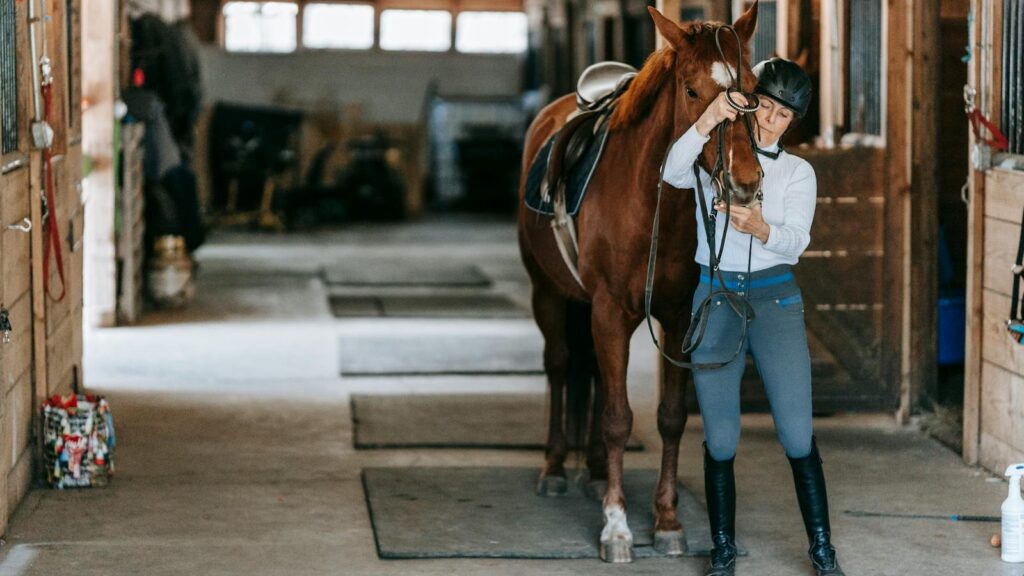
Prevention remains the most effective approach to equine back pain, with several management practices significantly reducing risk. Implement a consistent exercise program that builds core strength and topline development through appropriate gymnastic work. Ensure all tack fits properly with regular professional saddle fitting assessments, especially after changes in your horse’s weight or muscling. Incorporate regular bodywork such as massage, chiropractic, or physiotherapy to maintain spinal mobility and muscle health. Provide adequate turnout allowing natural movement and socialization, which encourages horses to stretch and use their backs normally. Pay attention to footing conditions, avoiding excessive work on hard, deep, or uneven surfaces that stress the back. Finally, maintain proper hoof care and balance, as lower limb asymmetry inevitably affects back function over time. These preventative approaches not only reduce back pain risk but also enhance overall performance and longevity.
The ability to recognize the subtle signs of equine back pain before it escalates represents one of the most valuable skills a horse owner can develop. By understanding normal equine anatomy, recognizing behavioral and physical changes, and implementing appropriate preventative measures, you can ensure your horse maintains optimal back health throughout its life. Remember that horses evolved to hide pain as a survival mechanism, making your observational skills critical to their wellbeing. Through consistent monitoring and early intervention, you can preserve your horse’s comfort, athletic ability, and quality of life for years to come, strengthening the partnership that makes horse ownership so rewarding.

